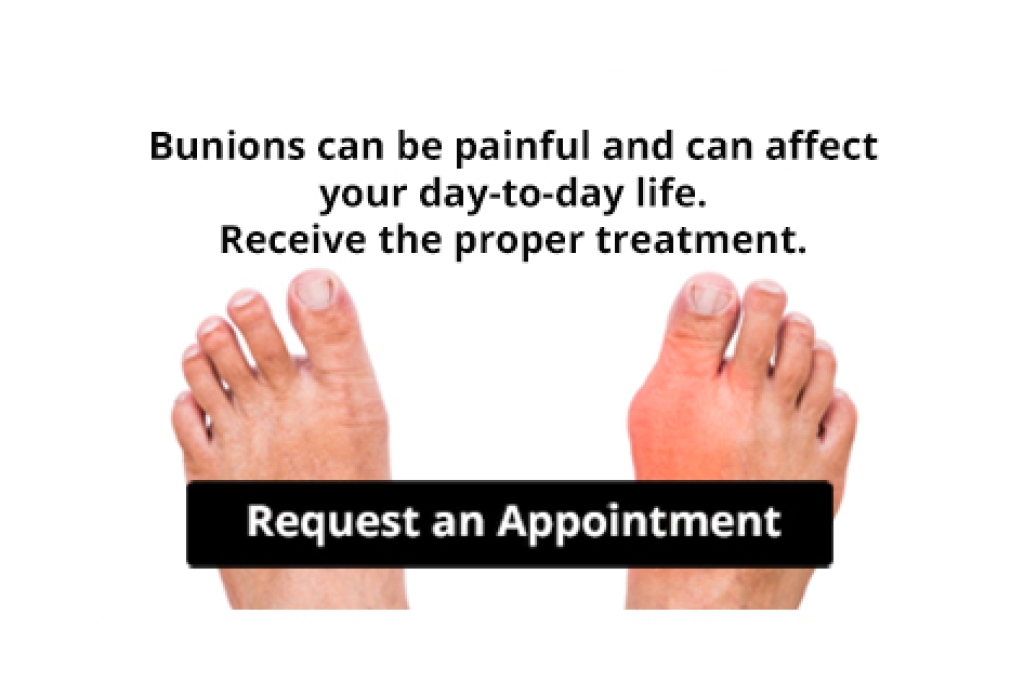Blog
Recognizing Symptoms of Poor Circulation in the Feet
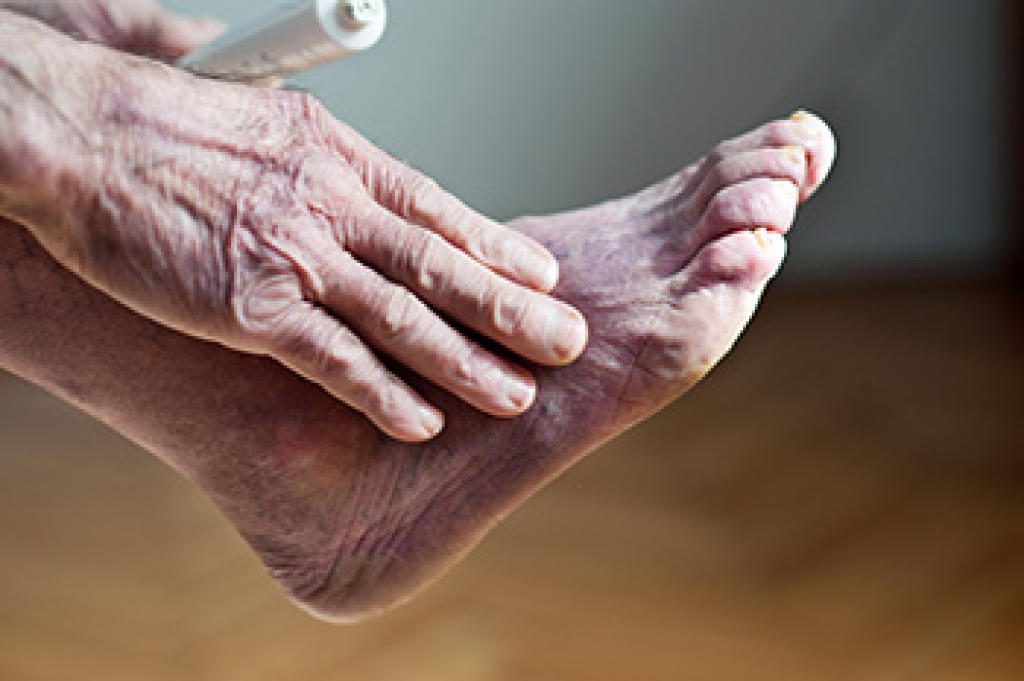
Poor circulation in the feet can manifest through various symptoms, indicating potential underlying health issues. Individuals may experience sensations of numbness, tingling, or pins and needles in the feet, often referred to as paresthesia. Coldness or coolness in the feet, even when the weather is warm, can also be a sign of reduced blood flow. Swelling, particularly in the ankles and feet, may occur due to fluid buildup caused by compromised circulation. Additionally, changes in skin color or texture, such as pale or bluish discoloration and dry or cracked skin, can indicate inadequate blood supply to the feet. Slow-healing wounds or ulcers, particularly on the feet or lower legs, may develop due to reduced oxygen and nutrient delivery to the tissues. Recognizing these symptoms of poor circulation is critical for seeking medical evaluation and addressing underlying causes. Many patients have symptoms of poor circulation in the feet. If this applies to you, it is suggested that you are under the care of a podiatrist who can determine what the cause is, and offer relief and treatment solutions.
While poor circulation itself isn’t a condition; it is a symptom of another underlying health condition you may have. If you have any concerns with poor circulation in your feet contact Gary Saphire, DPM of Parkway Podiatry. Our doctor will treat your foot and ankle needs.
Poor Circulation in the Feet
Peripheral artery disease (PAD) can potentially lead to poor circulation in the lower extremities. PAD is a condition that causes the blood vessels and arteries to narrow. In a linked condition called atherosclerosis, the arteries stiffen up due to a buildup of plaque in the arteries and blood vessels. These two conditions can cause a decrease in the amount of blood that flows to your extremities, therefore resulting in pain.
Symptoms
Some of the most common symptoms of poor circulation are:
- Numbness
- Tingling
- Throbbing or stinging pain in limbs
- Pain
- Muscle Cramps
Treatment for poor circulation often depends on the underlying condition that causes it. Methods for treatment may include insulin for diabetes, special exercise programs, surgery for varicose veins, or compression socks for swollen legs.
As always, see a podiatrist as he or she will assist in finding a regimen that suits you. A podiatrist can also prescribe you any needed medication.
If you have any questions, please feel free to contact our office located in Brooklyn, NY . We offer the newest diagnostic and treatment technologies for all your foot care needs.
Preventing Long-Term Joint Damage From Gout
 Besides the immediate discomfort of gout attacks, continuous and untreated gout attacks leave potential for joint damage. Gout is caused by elevated levels of uric acid in the body. The acid crystallizes and builds up in the joints, leading to painful episodes called gout attacks that often start in the big toe. Recurrent gout attacks can contribute to joint damage and deterioration over time. The repeated inflammatory responses within the joints can erode cartilage, the protective tissue that cushions the joints, and can cause irreversible damage. Untreated gout can also lead to the formation of tophi, lumps of uric acid crystals that accumulate in and around the joints. While usually painless, tophi can cause damage to the bone, pop up above the skin, and become infected. If you have gout or big toe pain, it is suggested you seek the help of a podiatrist who can develop a treatment plan that prevents long-term joint damage and preserves your joint health.
Besides the immediate discomfort of gout attacks, continuous and untreated gout attacks leave potential for joint damage. Gout is caused by elevated levels of uric acid in the body. The acid crystallizes and builds up in the joints, leading to painful episodes called gout attacks that often start in the big toe. Recurrent gout attacks can contribute to joint damage and deterioration over time. The repeated inflammatory responses within the joints can erode cartilage, the protective tissue that cushions the joints, and can cause irreversible damage. Untreated gout can also lead to the formation of tophi, lumps of uric acid crystals that accumulate in and around the joints. While usually painless, tophi can cause damage to the bone, pop up above the skin, and become infected. If you have gout or big toe pain, it is suggested you seek the help of a podiatrist who can develop a treatment plan that prevents long-term joint damage and preserves your joint health.
Gout is a painful condition that can be treated. If you are seeking treatment, contact Gary Saphire, DPM from Parkway Podiatry. Our doctor will treat your foot and ankle needs.
What Is Gout?
Gout is a form of arthritis that is characterized by sudden, severe attacks of pain, redness, and tenderness in the joints. The condition usually affects the joint at the base of the big toe. A gout attack can occur at any random time, such as the middle of the night while you are asleep.
Symptoms
- Intense Joint Pain - Usually around the large joint of your big toe, and it most severe within the first four to twelve hours
- Lingering Discomfort - Joint discomfort may last from a few days to a few weeks
- Inflammation and Redness -Affected joints may become swollen, tender, warm and red
- Limited Range of Motion - May experience a decrease in joint mobility
Risk Factors
- Genetics - If family members have gout, you’re more likely to have it
- Medications - Diuretic medications can raise uric acid levels
- Gender/Age - Gout is more common in men until the age of 60. It is believed that estrogen protects women until that point
- Diet - Eating red meat and shellfish increases your risk
- Alcohol - Having more than two alcoholic drinks per day increases your risk
- Obesity - Obese people are at a higher risk for gout
Prior to visiting your podiatrist to receive treatment for gout, there are a few things you should do beforehand. If you have gout you should write down your symptoms--including when they started and how often you experience them, important medical information you may have, and any questions you may have. Writing down these three things will help your podiatrist in assessing your specific situation so that he or she may provide the best route of treatment for you.
If you have any questions, please feel free to contact our office located in Brooklyn, NY . We offer the newest diagnostic and treatment technologies for all your foot care needs.
Athletes and Cuboid Syndrome

Cuboid syndrome is a foot condition where the cuboid bone in the lateral foot column slips out of place, causing pain and discomfort. It is often mistaken for other foot issues, necessitating a thorough evaluation. The syndrome primarily involves ligament sprains, not fractures or major sprains, and is typically linked to specific movements during activities such as sports or dancing. Symptoms can include significant pain, resembling a fracture, and an altered gait. Swelling and skin discoloration are usually absent, and X-rays may appear normal. Contributing factors include tight footwear, lateral heel wear, and rapid return to lateral-heavy sports after ankle sprains. Addressing biomechanical problems, correcting alignment, and using orthotic padding under the cuboid are often used in management. If you have lateral foot pain, it is suggested that you schedule an appointment with a podiatrist to determine whether you have cuboid syndrome or some other condition. Treatment to alleviate pain and expedite recovery will be provided.
Cuboid syndrome, also known as cuboid subluxation, occurs when the joints and ligaments near the cuboid bone in the foot become torn. If you have cuboid syndrome, consult with Gary Saphire, DPM from Parkway Podiatry. Our doctor will assess your condition and provide you with quality foot and ankle treatment.
Cuboid syndrome is a common cause of lateral foot pain, which is pain on the outside of the foot. The condition may happen suddenly due to an ankle sprain, or it may develop slowly overtime from repetitive tension through the bone and surrounding structures.
Causes
The most common causes of cuboid syndrome include:
- Injury – The most common cause of this ailment is an ankle sprain.
- Repetitive Strain – Tension placed through the peroneus longus muscle from repetitive activities such as jumping and running may cause excessive traction on the bone causing it to sublux.
- Altered Foot Biomechanics – Most people suffering from cuboid subluxation have flat feet.
Symptoms
A common symptom of cuboid syndrome is pain along the outside of the foot which can be felt in the ankle and toes. This pain may create walking difficulties and may cause those with the condition to walk with a limp.
Diagnosis
Diagnosis of cuboid syndrome is often difficult, and it is often misdiagnosed. X-rays, MRIs and CT scans often fail to properly show the cuboid subluxation. Although there isn’t a specific test used to diagnose cuboid syndrome, your podiatrist will usually check if pain is felt while pressing firmly on the cuboid bone of your foot.
Treatment
Just as the range of causes varies widely, so do treatments. Some more common treatments are ice therapy, rest, exercise, taping, and orthotics.
If you have any questions, please feel free to contact our office located in Brooklyn, NY . We offer the newest diagnostic and treatment technologies for all your foot care needs.
Strategies for Sustaining Healthy Feet
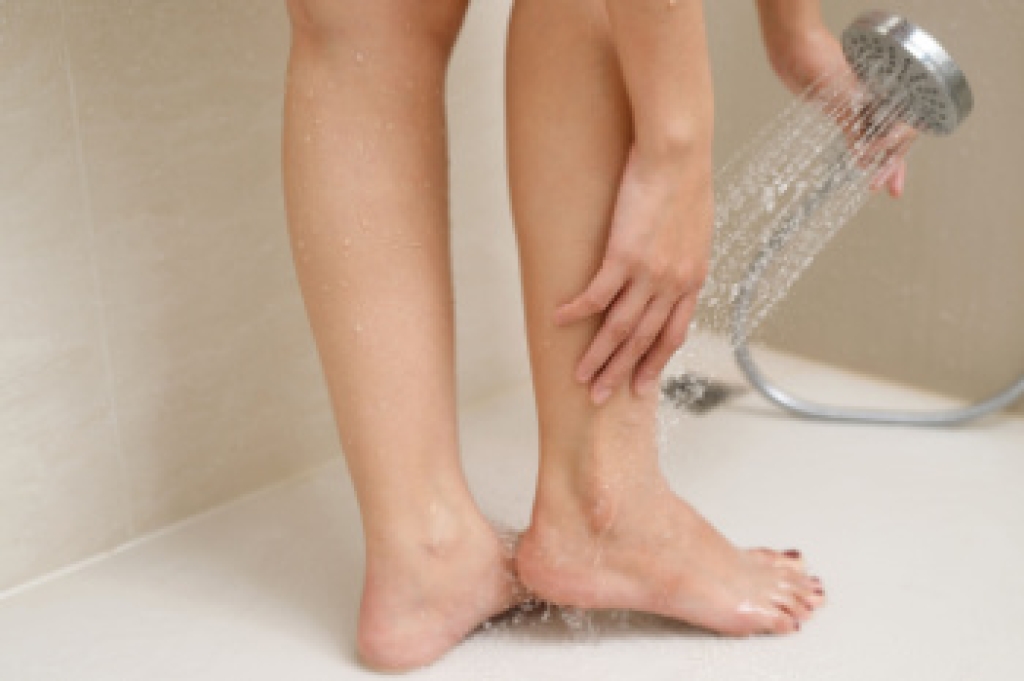
Caring for your feet is a cornerstone of overall well-being, directly influencing our ability to move and navigate the world with ease. Prioritize cleanliness by washing and thoroughly drying feet daily, safeguarding against infections and discomfort. Choose footwear wisely, opting for pairs that provide proper support, fit well, and allow ample room for toes to move freely. Regularly trim toenails straight across to prevent ingrown toenails and maintain proper foot hygiene. Additionally, embrace moisture management by applying a mild moisturizer to prevent dryness and cracking. Stretching exercises not only promote flexibility but also enhance circulation, supporting optimal foot health. Mindful inspection of feet for any unusual changes, such as swelling, redness, or pain, allows for prompt intervention if issues arise. Finally, prioritize regular physical activity to promote overall circulation and foot health. If you are seeking additional everyday foot care tips, it is suggested that you consult a podiatrist.
Everyday foot care is very important to prevent infection and other foot ailments. If you need your feet checked, contact Gary Saphire, DPM from Parkway Podiatry. Our doctor can provide the care you need to keep you pain-free and on your feet.
Everyday Foot Care
Often, people take care of their bodies, face and hair more so than they do for their feet. But the feet are a very important aspect of our bodies, and one that we should pay more attention to. Without our feet, we would not be able to perform most daily tasks.
It is best to check your feet regularly to make sure there are no new bruises or cuts that you may not have noticed before. For dry feet, moisturizer can easily be a remedy and can be applied as often as necessary to the affected areas. Wearing shoes that fit well can also help you maintain good foot health, as well as making it easier to walk and do daily activities without the stress or pain of ill-fitting shoes, high heels, or even flip flops. Wearing clean socks with closed shoes is important to ensure that sweat and bacteria do not accumulate within the shoe. Clean socks help to prevent Athlete’s foot, fungi problems, bad odors, and can absorb sweat.
If you have any questions, please feel free to contact our office located in Brooklyn, NY . We offer the newest diagnostic and treatment technologies for all your foot care needs.
What Are the Signs of Flat Feet?

Flat feet, a condition where the arches of the feet touch or nearly touch the ground, can be a source of discomfort and may affect daily activities. Understanding the causes and symptoms is vital for those grappling with this common foot ailment. Often, flat feet are hereditary, with genetic factors contributing to the lack of arch development. Tendon or ligament issues, arising from injury or overuse, can also lead to flat feet. Rheumatoid arthritis or conditions impacting the nervous system may alter foot structure, causing the arches to collapse. Symptoms include pain or discomfort along the inner side of the ankle, swelling on the bottom of the feet, and difficulty in standing on tiptoes. Recognizing these signs prompts individuals to seek appropriate interventions, such as wearing supportive footwear or orthotic devices. If you have flat feet, it is suggested that you consult a podiatrist who can guide you toward effective relief options.
Flatfoot is a condition many people suffer from. If you have flat feet, contact Gary Saphire, DPM from Parkway Podiatry. Our doctor will treat your foot and ankle needs.
What Are Flat Feet?
Flatfoot is a condition in which the arch of the foot is depressed and the sole of the foot is almost completely in contact with the ground. About 20-30% of the population generally has flat feet because their arches never formed during growth.
Conditions & Problems:
Having flat feet makes it difficult to run or walk because of the stress placed on the ankles.
Alignment – The general alignment of your legs can be disrupted, because the ankles move inward which can cause major discomfort.
Knees – If you have complications with your knees, flat feet can be a contributor to arthritis in that area.
Symptoms
- Pain around the heel or arch area
- Trouble standing on the tip toe
- Swelling around the inside of the ankle
- Flat look to one or both feet
- Having your shoes feel uneven when worn
Treatment
If you are experiencing pain and stress on the foot you may weaken the posterior tibial tendon, which runs around the inside of the ankle.
If you have any questions, please feel free to contact our office located in Brooklyn, NY . We offer the newest diagnostic and treatment technologies for all your foot care needs.
Diabetic Foot Blisters
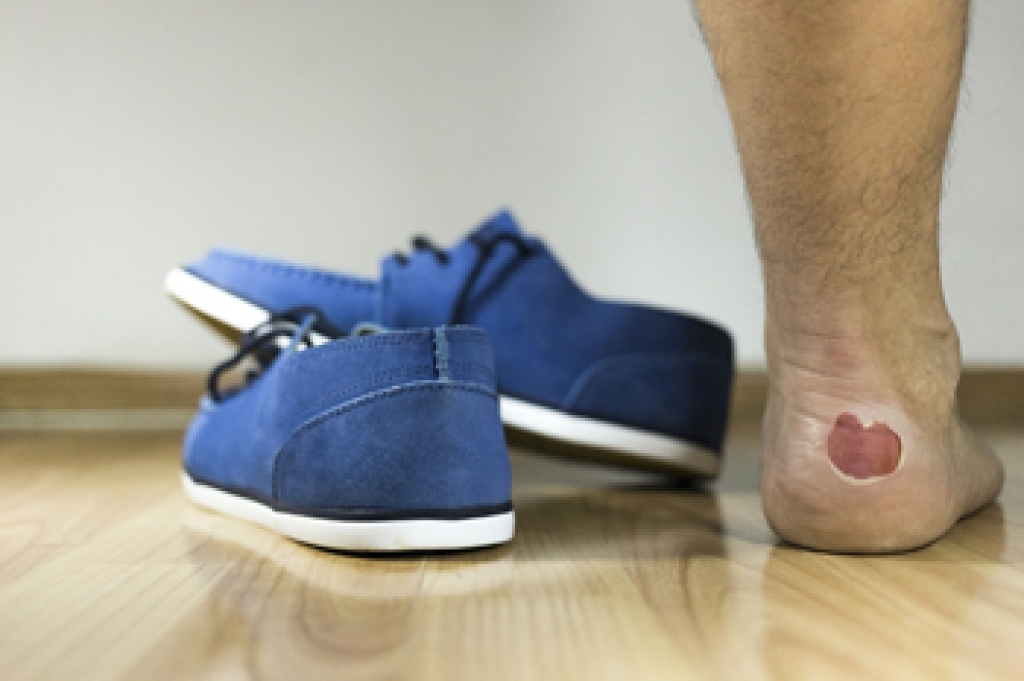
Diabetic foot blisters are a rare, but distinctive complication of diabetes. They typically manifest as painless blisters on the feet of people with diabetes, often without an obvious cause like injury or friction. These blisters can resemble burn blisters, presenting a risk for infection, especially given the compromised wound-healing abilities associated with diabetes. The skin of diabetic patients is vulnerable due to a combination of poor circulation, diabetic neuropathy, and other skin complications like dryness and poor healing. Management of diabetic foot blisters involves careful monitoring to prevent infection, control of blood sugar levels to aid in healing, and protection from further injury. In most cases, they may resolve on their own with good diabetes management and proper foot care, which includes wearing well-fitting shoes and avoiding walking barefoot. However, if you are diabetic and have any new or worsening foot issues, it is strongly suggested that you make an appointment with a podiatrist to ensure timely and appropriate treatment.
Blisters are prone to making everyday activities extremely uncomfortable. If your feet are hurting, contact Gary Saphire, DPM of Parkway Podiatry. Our doctor can provide the care you need to keep you pain-free and on your feet.
Foot Blisters
Foot blisters develop as a result of constantly wearing tight or ill-fitting footwear. This happens due to the constant rubbing from the shoe, which can often lead to pain.
What Are Foot Blisters?
A foot blister is a small fluid-filled pocket that forms on the upper-most layer of the skin. Blisters are filled with clear fluid and can lead to blood drainage or pus if the area becomes infected.
How Do Blisters Form?
Blisters on the feet are often the result of constant friction of skin and material, usually by shoe rubbing. Walking in sandals, boots, or shoes that don’t fit properly for long periods of time can result in a blister. Having consistent foot moisture and humidity can easily lead to blister formation.
Prevention & Treatment
It is important to properly care for the affected area in order to prevent infection and ease the pain. Do not lance the blister and use a Band-Aid to provide pain relief. Also, be sure to keep your feet dry and wear proper fitting shoes. If you see blood or pus in a blister, seek assistance from a podiatrist.
If you have any questions, please feel free to contact our office located in Brooklyn, NY . We offer the newest diagnostic and treatment technologies for all your foot care needs.
Diagnosing Edema

Edema is defined as the body having too much fluid in certain areas, causing noticeable swelling and symptoms. Rapid swelling all over your body, especially coupled with other health problems, needs quick diagnosis and care. But if you have long-term swelling in your legs and feet, it may be due to poor blood flow, especially when they feel heavy and are swollen and discolored. Taking care of your skin is important to avoid skin problems and sores. If your skin is red, itchy, and swollen, you can use creams and lotions. People who have had blood clots in their legs should wear tight stockings to prevent leg and foot problems later. Sometimes, breathing problems at night can make your legs swell even if you do not have lung issues. If your skin is thick, swollen, and does not leave an impression when pressed, it may be a sign of lymphedema. This can happen if you had surgery, cancer, or radiation therapy. If you have persistent swelling in your feet or legs, it is strongly suggested that you schedule an appointment with a podiatrist for a proper diagnosis and treatment options.
Swollen feet can be a sign of an underlying condition. If you have any concerns, contact Gary Saphire, DPM of Parkway Podiatry. Our doctor can provide the care you need to keep you pain-free and on your feet.
Swollen feet are a common ailment among pregnant women and people who stand or sit for extended periods. Aging may increase the possibility of swollen feet and patients who are obese often notice when their feet are swelling too. There may be medical reasons why swollen feet occur:
- Phlebitis - A condition that causes the veins to become inflamed and can also cause leg pain.
- Liver disease - This may lead to low blood levels of albumin which is a protein. This can cause fluid in the blood to pass into the tissues and several areas of the body can become swollen.
- Heart failure - When the heart doesn’t pump properly the blood that is normally pumped back to the heart can pool in the veins of the legs causing swollen feet.
- Kidney disease - One of the main functions of the kidneys is releasing excess fluid in the body. This type of condition can make it difficult for the kidneys to function properly, and as a result the feet may become swollen.
- Deep-vein thrombosis (DVT)- This is a serious condition where blood clots form in the veins of the legs. They can block the return of blood from the legs to the heart which may cause the feet to swell. It is important to be treated by a podiatrist if this condition is present.
Swollen feet can also be caused by bone and tendon conditions, including fractures, arthritis, and tendinitis. Additionally, there may be skin and toenail conditions and an infection may cause the feet to swell. Patients who take medicine to treat high blood pressure may be prone to getting swollen feet.
Many patients elevate their feet to help relieve the swelling and this is generally a temporary remedy. When a podiatrist is consulted the reason behind the swelling can be uncovered and subsequently treated.
If you have any questions please contact our office located in Brooklyn, NY . We offer the newest diagnostic and treatment technologies for all your foot and ankle needs.
Definition and Affected Population of Sever’s Disease
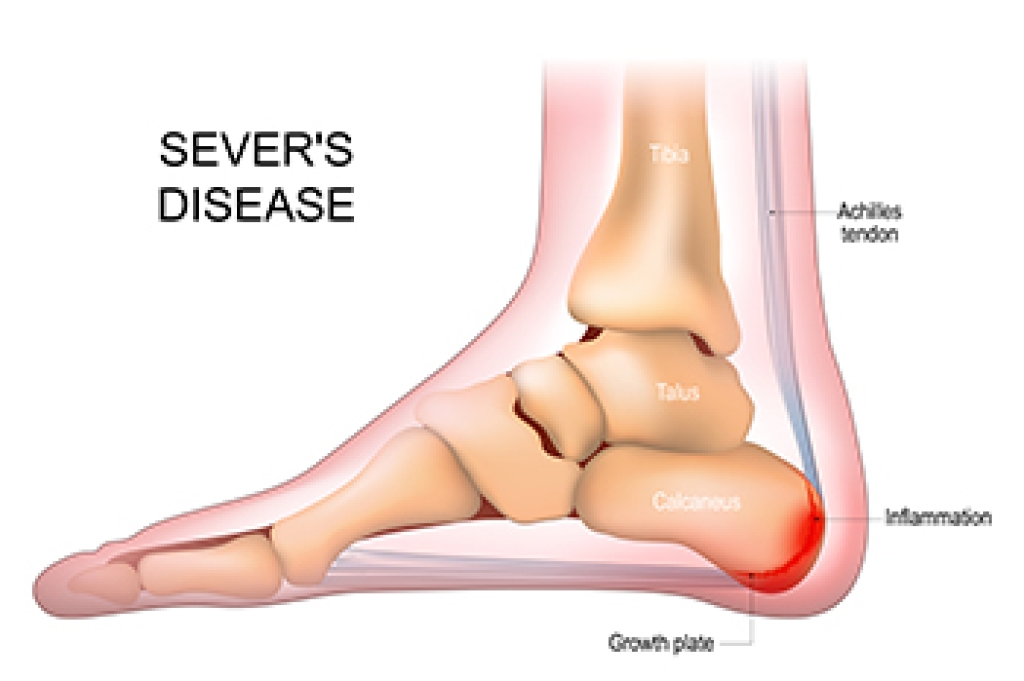
Sever's disease, a common but often misunderstood condition, is not truly a disease, but rather a growth-related heel pain that affects active children and adolescents. This condition, also known as calcaneal apophysitis, occurs when the growth plate at the back of the heel becomes inflamed due to repetitive stress and tension. Children between the ages of 8 and 15 are most susceptible to Sever's disease, as this is typically when their bones are rapidly growing. This growth spurt places extra stress on the heel's growth plate, especially in active children who participate in sports or activities that involve running and jumping. The hallmark symptom of Sever's disease is heel pain, often exacerbated by physical activity. This pain can be particularly bothersome during or after exercise. Understanding Sever's disease is essential for parents and young athletes, as it enables early recognition and appropriate management. If your active child has heel pain, it is suggested that you consult a podiatrist who can effectively diagnose and treat Sever’s disease.
Sever's disease often occurs in children and teens. If your child is experiencing foot or ankle pain, see Gary Saphire, DPM from Parkway Podiatry. Our doctor can treat your child’s foot and ankle needs.
Sever’s Disease
Sever’s disease is also known as calcaneal apophysitis, which is a medical condition that causes heel pain I none or both feet. The disease is known to affect children between the ages of 8 and 14.
Sever’s disease occurs when part of the child’s heel known as the growth plate (calcaneal epiphysis) is attached to the Achilles tendon. This area can suffer injury when the muscles and tendons of the growing foot do not keep pace with bone growth. Therefore, the constant pain which one experiences at the back of the heel will make the child unable to put any weight on the heel. The child is then forced to walk on their toes.
Symptoms
Acute pain – Pain associated with Sever’s disease is usually felt in the heel when the child engages in physical activity such as walking, jumping and or running.
Highly active – Children who are very active are among the most susceptible in experiencing Sever’s disease, because of the stress and tension placed on their feet.
If you have any questions, please feel free to contact our office located in Brooklyn, NY . We offer the newest diagnostic and treatment technologies for all your foot care needs.



